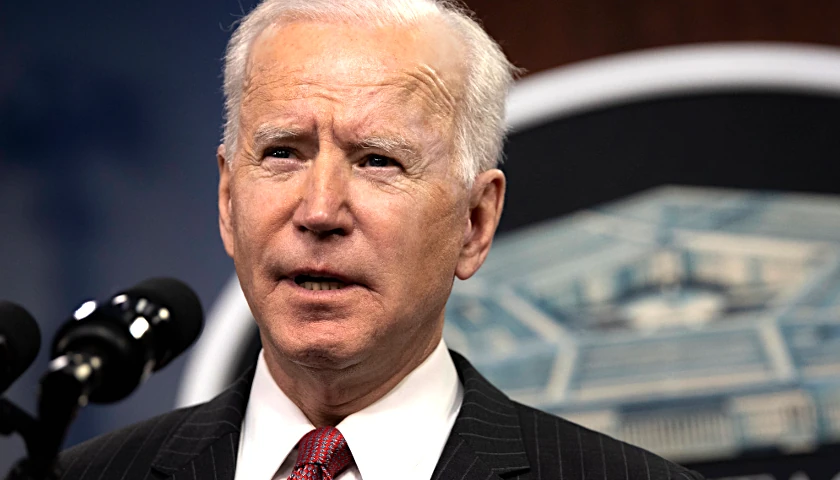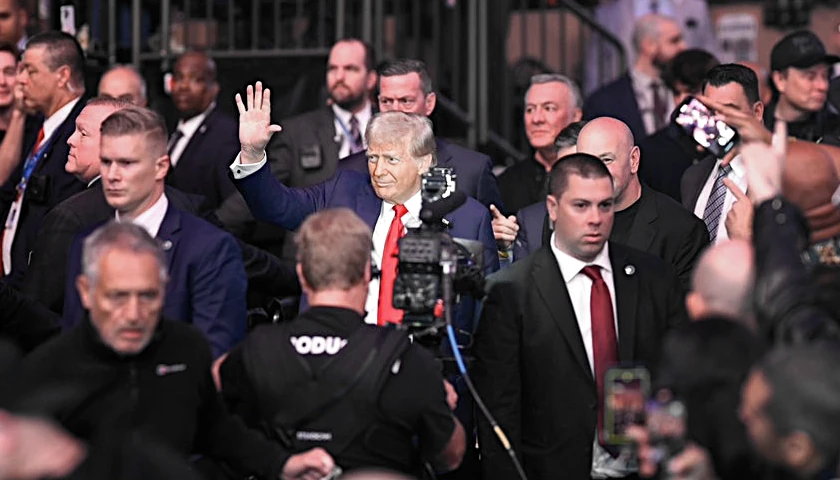by Bruno V. Manno
Back to school stories this year will focus, naturally, on the Covid-19 pandemic’s toll on students and families and on remedying these difficulties.
But another story is being shortchanged: it’s about how parents sought new options for their children like homeschooling, small learning pods, and micro-schools, with civic entrepreneurs and their partners creating new organizations or expanding existing ones to meet this demand.
This story suggests a promising path forward for K-12 education – parent-directed, student-centered, and pluralistic, offering more educational and support options to families.
The story begins with the pandemic shock to our way of schooling. The lockdowns unbundled the familiar division of responsibilities between home, school, and community organizations, with parents eventually rebundling school services to meet their family’s needs.
The result: nearly 18 percent of parents changed their child’s school, a figure 75 percent higher than historical averages. Thirteen percent also enrolled their child in small learning pods, supplementing regular school. Overall, 2.6 million students exited district and private schools, enrolling in charter schools, homeschooling, micro-schools, and other options.
This familiar American story of disruption spurring new capacity and innovation has three lessons for shaping the future educational landscape.
First, many parents don’t want “the old normal.” Two of three parents (66 percent) would rethink “how we educate students, coming up with new ways to teach.” Only one-third believe that schools “should get back to the way things were.” More than half (53 percent) support pods, with black and Hispanic parents (60 percent) more supportive than white parents (53 percent). Overall, only 14 percent oppose them.
There’s also significant parent interest in new ways to finance schooling. Nearly eight in 10 (76 percent) want “education funding [to] follow the student to whichever school they or their parents choose.” Eighty percent favor government-created education savings accounts so that parents can use public dollars for their education choices.
Second, parents want K-12 system transparency. Parents are scrutinizing how K-12 federal pandemic dollars totaling nearly $190 billion will be used, holding states and districts accountable. For example, nine in 10 (91 percent) believe that it’s “extremely important” or “very important” for schools to be transparent on how funds are spent. Eight in 10 (80 percent) say that it’s “extremely important” or “very important” to get regular updates on how funding affects student performance. Desire for transparency is consistent across racial, ethnic, income, and demographic lines.
Third, online learning and technology innovation will continue. The vast majority of parents prefer in-person learning: more than eight in 10 (84 percent) plan on sending at least one child to in-person school full time this fall. Around 12 percent are unsure, with 5 percent not planning to return their child to in-person schooling. Black and Hispanic parents are nearly three times more likely than white parents to be unsure about returning their child, or resolved on not returning their child, to in-person schooling.
But even the in-person majority want to use technology in new ways, with substantial support for technology-related policies like remote student tutoring – 82 percent support or strongly support it.
Additionally, some school districts will continue to expand online learning. For example, since 2006, Khan Academy has provided free online educational resources to teachers, parents, and students. Since the pandemic, Khan has expanded programing to school districts, partnering with around 200 districts, up from nine pre-pandemic.
Another survey of more than 375 school district and charter-management organization leaders found one in five considering a remote school option when schools reopen.
So, in sum, the Covid-19 shock threw longstanding arrangements between home, school, and community institutions into disarray – and catalyzed creative and determined parents, educators, civic innovators, and others to respond in creative ways. This characteristically American entrepreneurship reflects a distinctive understanding of politics: local civic engagement supporting collective action for the common good. The post-pandemic result is a more parent-directed, child-focused, and pluralistic approach to education.
This opportunity is not lost on K-12 leaders. Deborah Gist, Tulsa, Oklahoma’s superintendent of schools, says: “None of us . . . ever wanted to go through this. [But] we have a chance now to make it something that will change teaching and learning forever for the better.”
Our best hope is that the Covid-19 experience propels us toward a new era in educational excellence – one in which families more directly control their children’s education and one which positions American kids for opportunity and success.
– – –
Bruno V. Manno is senior advisor to the Walton Family Foundation’s K-12 Program. He is a former U.S. Secretary of Education for Policy during the administration of President George H. W. Bush.
Photo “Homeschool Fun” by Susy Morris. CC BY-NC 2.0.




